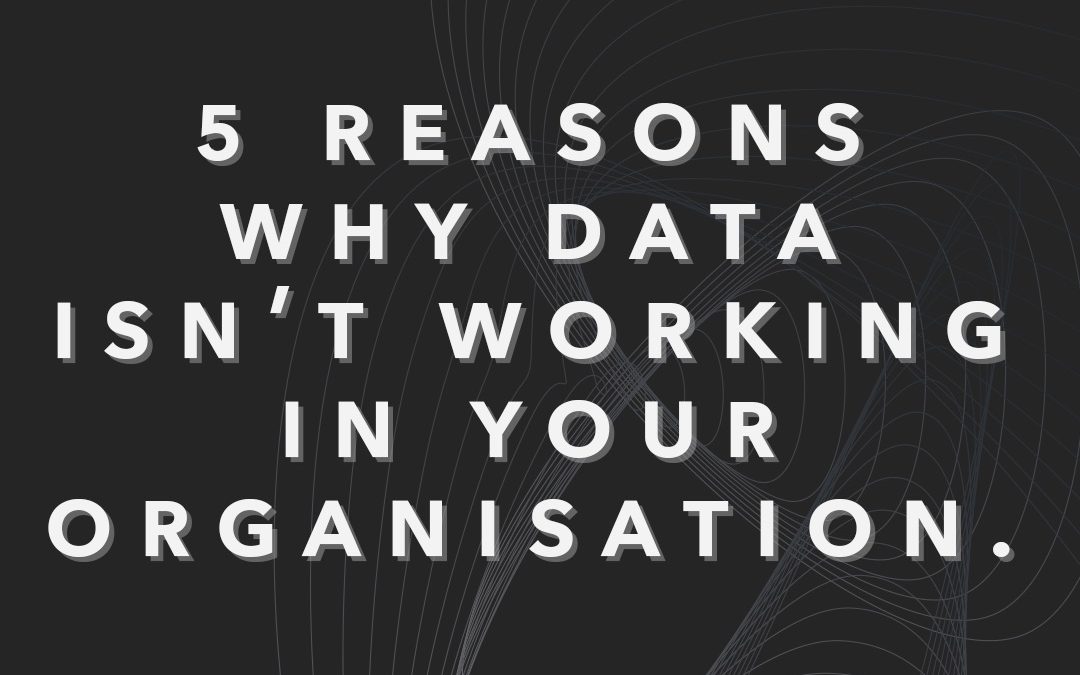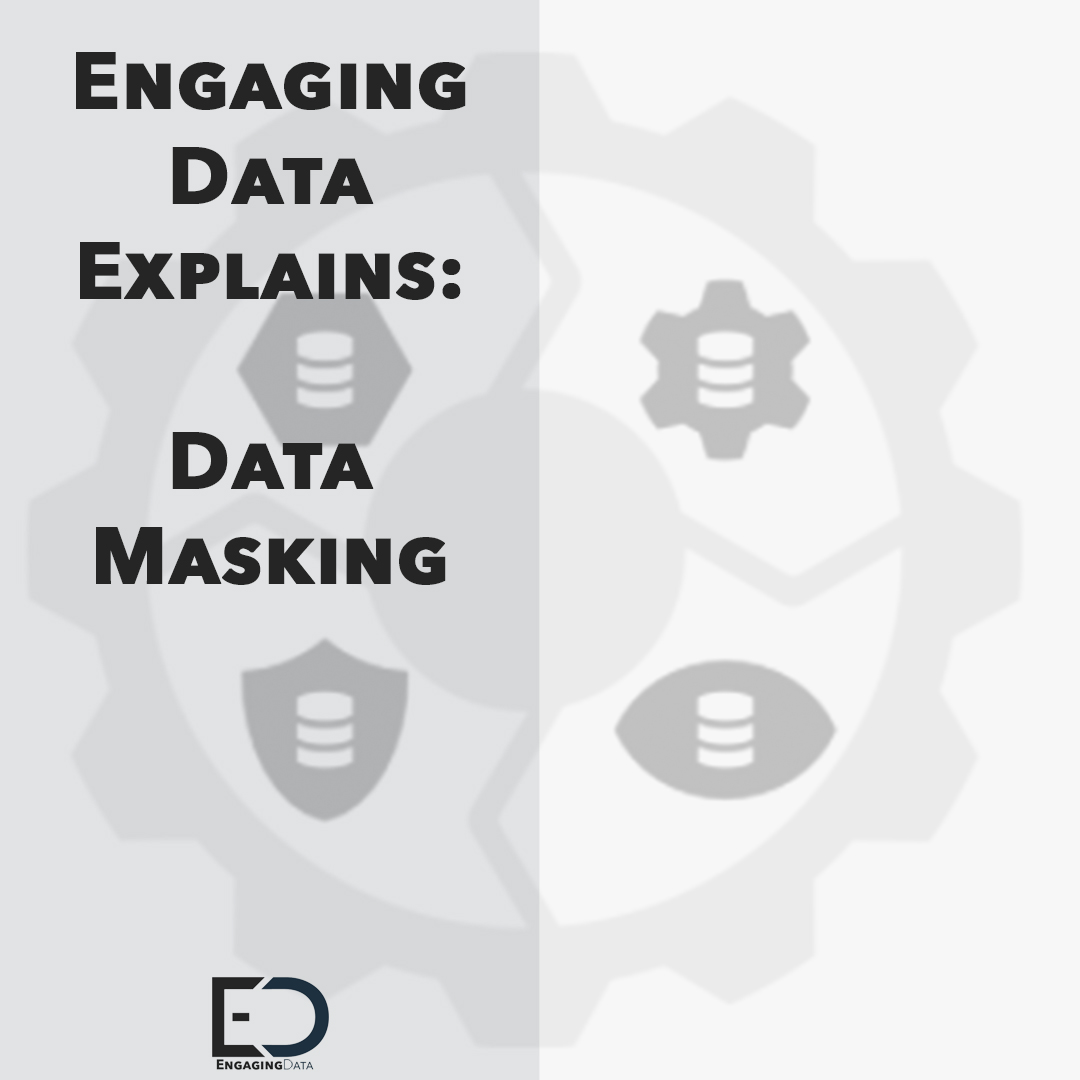
Legacy Systems are Killing Your Business
Legacy Systems are Killing Your Business
Legacy systems are outdated software and hardware that remain in use, despite new alternatives being available.
These systems often form the backbone of business operations.
However, as technology evolves, the limitations of these legacy systems become more pronounced. Relying on them can create significant business problems that affect everything within the business from security to customer satisfaction.
Understanding these issues is crucial for any business looking to maintain a competitive edge, ensure long-term success and be at the helm of innovation.
The Risk of Legacy Systems
Security Vulnerabilities
One of the most pressing issues with legacy systems is their susceptibility to security threats. These outdated systems often lack the robust security features found in modern technology.
They may not receive regular updates or patches, making them easy targets for cyberattacks.
As hackers develop more sophisticated methods, legacy systems can quickly become a weak link in an organisation’s security chain. The consequences of a security breach can be severe, including financial losses, reputational damage, and legal liabilities.
Therefore, addressing these vulnerabilities is essential for protecting business assets and data.
Compatibility Issues
Legacy systems can also cause compatibility problems, especially as new technologies are introduced.
These old systems may not integrate well with modern software, leading to inefficiencies and workflow disruptions. For example, new applications might require data formats or protocols that are incompatible with older systems.
This can result in additional costs for custom development or workarounds.
Furthermore, compatibility issues can hinder the implementation of new business strategies or technologies, such as cloud computing or advanced analytics.
Ensuring seamless integration and functionality becomes increasingly challenging and costly.
Operational Inefficiencies
Increased Maintenance Costs
Maintaining legacy systems can be an expensive and time-consuming endeavour.
As technology evolves, finding parts and expertise to support outdated systems becomes more difficult.
Businesses often face escalating costs related to repairs, updates, and troubleshooting. These expenses can quickly add up, consuming budgets that could be better allocated to innovation and growth.
Moreover, the time spent on maintaining these systems diverts valuable resources away from more strategic initiatives.
Investing in modern IT infrastructure can significantly reduce these ongoing maintenance costs, freeing up capital for other important business activities.
Performance Limitations
Legacy systems frequently struggle to keep up with the demands of modern business operations.
Their performance limitations can lead to slower processing times, reduced efficiency, and increased downtime. This not only impacts productivity but also affects the overall user experience.
Employees may find themselves frustrated with slow or unresponsive systems, which can lead to decreased morale and job satisfaction. These performance issues can also result in missed opportunities and competitive disadvantages.
Upgrading to more advanced systems can enhance performance, improve efficiency, and support better business outcomes.
Impact on Business Agility
Slower Time to Market
The rigidity of legacy systems can significantly hinder a company’s ability to respond quickly to market changes.
These systems are often inflexible and difficult to modify, making it challenging to implement new features or adapt to evolving customer needs. As a result, businesses may experience slower product development cycles and longer time to market.
This delay can be particularly detrimental in industries where speed and innovation are critical for maintaining a competitive edge.
Modern systems, with their flexibility and scalability, enable faster development and deployment, helping businesses stay ahead of the competition.
Inflexibility in Operations
Legacy systems often lack the adaptability required for the dynamic business environment.
They can impose limitations on operational processes, making it difficult to scale or adjust workflows as needed. This inflexibility can prevent businesses from taking advantage of new opportunities or responding effectively to market demands.
For instance, introducing new services or expanding into new markets may require significant modifications to legacy systems, resulting in delays and increased costs.
Modernising infrastructure can provide the agility needed to support growth and adapt to changing business conditions seamlessly.
Customer Experience Challenges
Inconsistent User Experience
Customers today expect seamless and efficient interactions with businesses.
However, legacy systems can lead to inconsistent user experiences, frustrating customers and eroding trust. These outdated systems may not support modern interfaces or integration capabilities, resulting in disjointed service delivery.
For example, a customer might encounter delays when accessing information or face difficulties using online services.
Such negative experiences can drive customers away and harm a company’s reputation. Upgrading to modern systems ensures a more consistent and satisfying customer experience.
Delays in Service Delivery
Legacy systems can also cause significant delays in service delivery.
Slow processing times, frequent system outages, and manual workarounds can all contribute to longer wait times for customers. In a competitive market, these delays can be particularly damaging, as customers have little patience for inefficiencies. They may quickly turn to competitors who can provide faster and more reliable services.
By modernising IT infrastructure, businesses can improve service delivery times, enhance customer satisfaction, and maintain a competitive edge.
Steps to Address Legacy System Issues
Assessment and Planning
The first step in addressing legacy system issues is a thorough assessment of the current IT landscape. This involves identifying the most critical systems, understanding their limitations, and evaluating their impact on business operations. You can find more information on this here.
Once this assessment is complete, businesses can develop a strategic modernisation plan.
This plan should prioritize the systems that pose the greatest risks or offer the most significant benefits when upgraded.
It’s also important to consider the resources required for modernisation, including budget, time, and personnel.
A well-thought-out plan can guide the organisation through a successful transformation.
Choosing the Right Modernisation Strategy
Selecting the appropriate modernisation strategy is crucial for minimising disruptions and maximising benefits.
Businesses can choose from several approaches, including system replacement, reengineering, and incremental upgrades.
Each option has its advantages and challenges, depending on the specific context and needs of the organisation.
For instance, replacing a system entirely might be necessary if it’s severely outdated, while incremental upgrades could be more feasible for systems that still have some remaining utility.
Engaging with experienced professionals and leveraging best practices can help businesses choose the most effective strategy for their unique situation. So, why don’t you schedule a call?
Conclusion
Relying on legacy systems can create numerous business problems, from security vulnerabilities and operational inefficiencies to challenges in customer experience and business agility.
Addressing these issues through modernisation is essential for staying competitive and ensuring long-term success.
By assessing your current IT landscape and selecting the right modernisation strategy, you can overcome the limitations of outdated technology and unlock new opportunities for growth and innovation.
Schedule a Call Now.
Unlock the full potential of your organisation innovation journey!
FAQs
What are legacy systems?
Legacy systems refer to outdated software and hardware that are still in use within an organisation. These systems may have been developed many years ago and often lack the capabilities and features of modern technology.
What are the risks of relying on legacy systems?
Relying on legacy systems poses several risks, including security vulnerabilities, compatibility issues, operational inefficiencies, and limitations in business agility. These risks can lead to increased costs, reduced productivity, and compromised customer satisfaction.
How do legacy systems impact business agility?
Legacy systems can hinder business agility by causing slower time to market, inflexible operations, and difficulties in responding to market changes. This can result in missed growth and innovation opportunities and decreased market competitiveness.
How can businesses ensure a successful modernisation process?
To ensure a successful modernisation process, businesses should develop a strategic plan, engage with experienced IT professionals, and allocate sufficient resources for implementation. It’s essential to prioritise systems that offer the most significant benefits when upgraded and to communicate effectively with stakeholders throughout the process.


